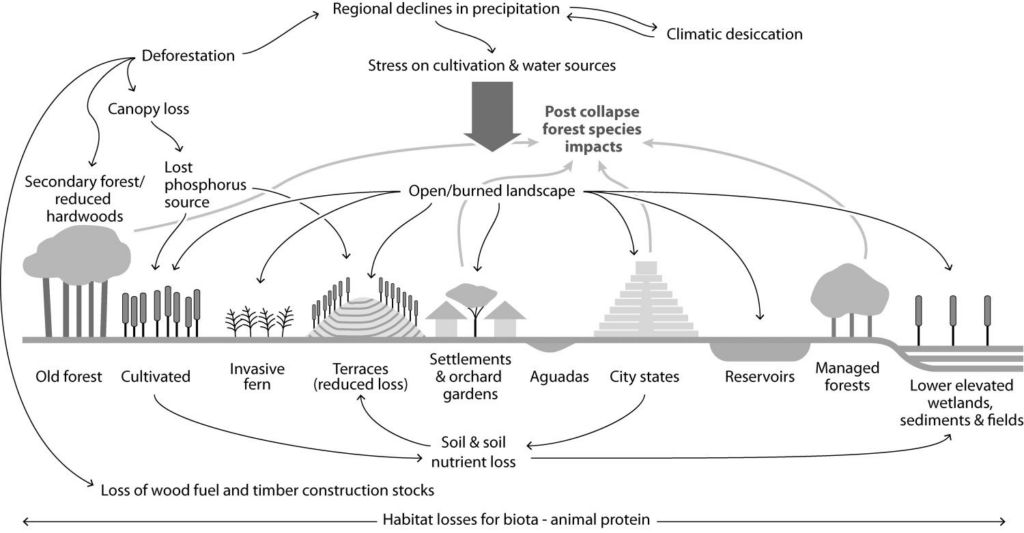Summer is wrapping up, my research paper is underway, and I have another stop on my museum tour. In a week, I’ll be heading to Mexico City to visit the National Museum of Anthropology. This is a trip primarily associated with my research for the Horn Family Fund for Environmental Studies, but I think will contribute an additional nuanced perspective to the thesis I am developing. In all honesty, I suppose the best way to figure out whether or not to include the experience in my summer thesis can only be answered based on my trip!

I am excited to go to Mexico City for a while host of reasons. Firstly, it’s been a bucket list destination of mine for as long as I can remember! The food will be incredible, of course, but I’ve always viewed it as an incubator for culturally significant and diverse movements—from music, art, and architecture—all throughout its history, and especially today.
One of the main reasons this is true is because of the legacy of the Mayans, which contributes to contemporary environmental thought, demonstrating the importance of ecological practices through their ultimate demise. Their complex relationship with agriculture and urban planning underscore the critical need for sustainable practices, especially given the current climate struggles pervasive around the world, and not just in a localized environment.

Exploring the museum will be a fascinating experience, especially focusing on the exhibits highlighting the relationship of Mayan society with nature. I believe that a most captivating display would include a novel two-pronged approach, highlighting their technological advancements in tandem with the detriment of their actions. It should serve as a cautionary tale to the rest of the world about climate change, biodiversity loss, clean water access, and sustainable development.
I look forward to seeing how this is portrayed in the museum, and what else I can learn from my trip!